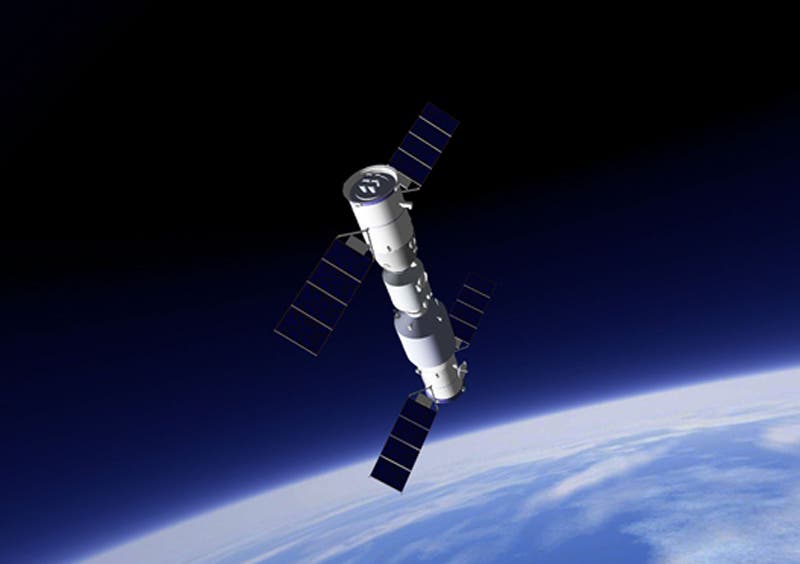China is making strides in its own space program, sending a pair of astronauts into orbit to conduct experiments. The docking was successful and everything seems to go according to plan. According to the national news agency Xinhua, the pair extends their greetings to “all the people of the nation.”

Credit: China Aerospace Science and Technology Corporation
In 2012, China’s astronauts boarded the Tiangong 1, in what was a historic achievement at the time. At the time, my colleague Tibi rightfully wrote that “China is now a space exploration power, joining the US and Russia.” That message was loud and clear, but historic achievements seem to come fast in China. Now, just four years later, Jing Haipeng and Chen Dong will be spending the next 30 days in space aboard Tiangong 1’s successor.
In what is set to be the longest Chinese space mission, the two astronauts will carry out a variety of experiments from cultivating plants such as rice and cress, to giving themselves ultrasounds to scan their bodies’ performance.
“Rice is the staple food of Chinese people so we hope to plant it in space in the future,” Zheng Huiqiong, an expert from the Institute of Plant Physiology and Ecology under the Shanghai Institutes for Biological Sciences told media outlet the Global Times.






